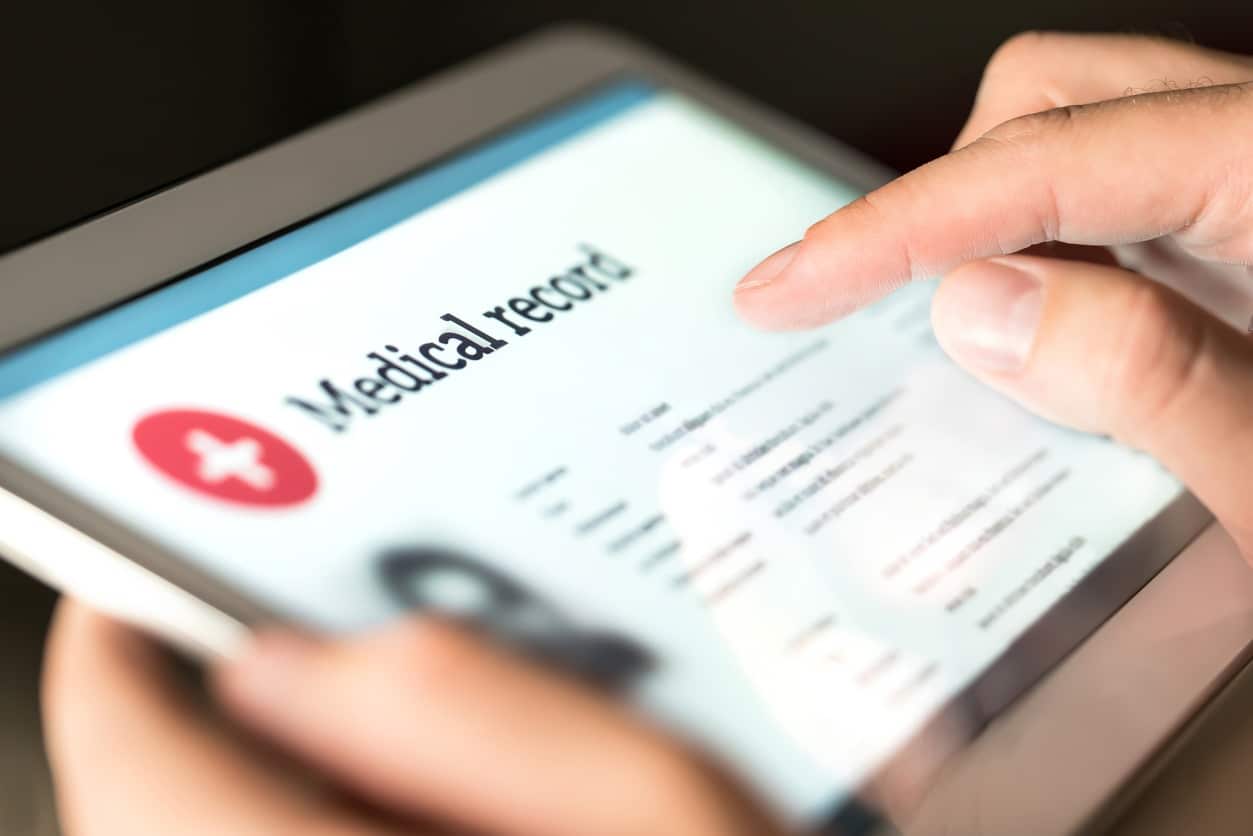There are multiple ways to manage Electronic Healthcare Records (EHRs). One important strategy is to ensure that all staff members are appropriately trained to use the system. Another important strategy is establishing clear policies and procedures for using and accessing EHRs. By taking these steps, healthcare organisations can ensure that EHRs are used effectively and efficiently to improve patient care.
By the end of this blog post, you should have a good understanding of electronic healthcare records and how they can be used effectively for patient management. Let us get started.
What are electronic healthcare records?
In the healthcare sector, electronic healthcare records (EHR) have become an important way of managing patient data. EHR systems are used to store and share clinical information electronically, which can be accessed by authorised healthcare professionals. When used effectively, EHRs can help improve patient care and management. Electronic healthcare records (EHRs) are digital versions of a patient’s medical history. They include information like a patient’s demographics, medications, allergies, lab results, and immunisations.
Several benefits come with using EHRs. Firstly, EHRs can help reduce duplicate testing and imaging and save time on paperwork. Secondly, EHRs make it easier for healthcare professionals to share patient information amongst themselves, which can help improve communication and coordination of care. Finally, EHRs can provide valuable insights into population health trends.
How Can EHRs be Used Effectively for Patient Management?
EHRs can be used in a variety of ways to help manage patients. For example, they can be used to:
- Track a Patient’s Medications and Allergies
To establish your healthcare leadership role, you must be able to utilise electronic healthcare records to manage the health of your patients better and appropriately. This includes tracking their medications and allergies.
When tracking medications, you need to identify what drugs the patient is taking and the dosage and frequency. You should also be aware of any potential interactions between these drugs.
Allergies are another vital aspect to track. You need to know what triggers the allergy and the symptoms the patient experiences. This information can help you better manage the patient’s care.
- Monitor a Patient’s Lab Results
It is essential for healthcare professionals to know how to utilise electronic healthcare records for effective patient management. One way to do this is by monitoring a patient’s lab results. By doing this, healthcare professionals can catch potential problems early and take steps to prevent them from becoming more serious. Monitoring a patient’s lab results can also help identify trends that may help predict future health problems.
- Keep track of a patient’s immunisations
Keeping track of a patient’s immunisations is essential. Not only is it critical to the patient, but it is also crucial for other patients. For example, a child who has never been immunised may be exposed to a potentially life-threatening disease and could infect others. Hospitals use immunisation tracking systems to keep track of a patient’s immunisations. This allows the hospital staff to quickly and easily determine if a patient has missing vaccinations.
- Help Coordinate Care Between Different Healthcare Providers.
The healthcare industry is a complex and ever-changing landscape. Healthcare providers must coordinate their efforts to provide the best possible care for patients. One way to do this is by utilising electronic healthcare records (EHRs). EHRs can help streamline communication between different providers and ensure everyone is on the same page regarding patient care.
There are many healthcare leadership courses that can teach healthcare professionals how to use EHRs effectively. Healthcare providers can learn how to create and maintain efficient workflow processes and troubleshoot potential problems.
What Benefits Can be Gained from Using Them?
There are many benefits to using EHRs for patient management. Some of these benefits include:
-
Improved Communication Between Healthcare Providers
EHR can help improve communication between healthcare providers, leading to better patient management. Here are some tips on how to effectively utilise the EHR for improved communication between healthcare providers:
- Use EHR to enhance communication among members of the care team.
- Share critical patient information with other providers, such as specialists or primary care physicians, using EHR.
- Use the EHR to document and track patient care plans and progress.
- Use EHR to communicate directly with patients, such as secure messaging or appointment scheduling features.
- EHR can be used to create a central repository of patient health information that all care team members can access.
-
Better Coordination of Care
To provide better coordination of care for patients, healthcare providers must effectively utilise electronic health records. By doing so, providers can more easily access and share important patient information. This can lead to better communication between providers and improved quality of care for patients. Health care professionals can improve their knowledge in this niche through a healthcare leadership course.
EHRs can help improve communication between providers. When all providers have access to the same information, it is easier to coordinate care. This can lead to fewer errors and improved quality of care for patients.
Another benefit of electronic health records is that they can help reduce costs. Providers with access to accurate and up-to-date information are less likely to order unnecessary tests or procedures. This can save both time and money.
-
Increased Efficiency
Electronic healthcare records help save time and improve patient care by providing accurate and up-to-date information. When patients go to the doctor, they do not have to repeat their medical history. The data is already stored in the electronic health record, which can be accessed quickly and easily.
-
Reduced Paperwork
EHRs can help you manage your patient’s health information more effectively, reducing the amount of paperwork you have to deal with. By automating tasks such as charting and billing, EHRs can free up your time so you can focus on providing quality care to your patients.
-
Improved Patient Safety
It is no secret that electronic healthcare records (EHRs) have the potential to improve patient safety. EHRs can help clinicians catch errors and make better decisions when used effectively. However, EHRs are only as good as the data entered into them. To effectively use EHRs to improve patient safety, it is crucial to ensure that the data entered into the system is accurate and complete.
One way to improve the accuracy of data entered into an EHR is by using a clinical decision support system (CDSS).
CDSSs can help clinicians catch errors and make more informed decisions about patient care. For example, if a clinician considers ordering a specific medication for a patient, the CDSS can check for allergies or contraindications. This can help prevent errors and improve patient safety.
Conclusion
In conclusion, electronic healthcare records are a powerful tool that can help improve patient management. They can help clinicians provide better care and make more informed decisions when used effectively. Electronic healthcare records can help improve communication between clinicians, patients, and care teams. They can also help reduce errors and improve efficiency.









